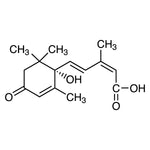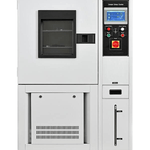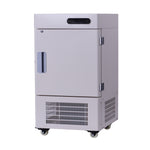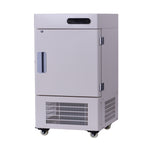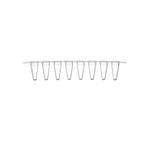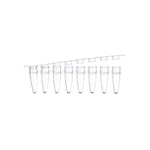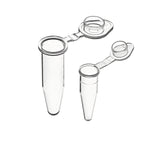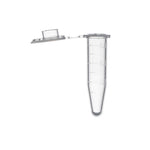You have no items in your shopping cart.
Introduction
RNA, the abbreviation of RiboNucleic Acid, is a type of nucleic acid formed by connecting at least dozens of ribonucleotides through phosphodiester bonds.
The premise of exploring RNA is to extract pollution-free Total RNA, and the basic principle of RNA extraction can be roughly summarized as follows:
1. Disrupt the cells
2. Remove macromolecular impurities (proteins, lipids, DNA, etc.)
3. Finally, the RNA is precipitated while removing salts and organic solvents, which further purify the RNA
Past and present of extraction method
The first generation of RNA extraction method is the TRIzol precipitation method (reagents used include guanidine isothiocyanate, phenol, chloroform, etc.) invented by Piotr Chomczynski and Nicoletta Sacchi, this invention allows for quick and easy RNA extraction, which started the upsurge of RNA research.

Chomczynski would later sell this patent to Invitrogen, and Invitrogen would introduce this method to the world and help it become a widely used method.
Representative Product: Invitrogen's TRIzol reagent
One commonly used Kit in the current market is the TRIzol. However, the TRIzol precipitation method requires multiple precipitation and extraction of RNA, and the reagents used are toxic and take a long time to operate.
Therefore, the second-generation column-enzyme purification method came into being, using silica gel membrane as a specific nucleic acid adsorption material to maximize the recovery of RNA in the sample while removing other impurities.
The second-generation method simplifies the operation on the basis of stable performance, reduces the risk factor, and improves the efficiency of RNA extraction.
Such a simple operation not only saves time, but also facilitates the operation of downstream experiments!
Representative products: QIAGEN RNeasy Plus and Foregene RNA purification series products

Another commonly used kit is the QIAGEN RNeasy Plus. However, both the first and second generation methods require the use of DNase to remove DNA contamination, which brings some inconvenience to subsequent downstream experiments. Residual DNase will reduce the efficiency of reverse transcription and reduce the first-strand cDNA synthesis, thereby affecting the accuracy of the results.
Therefore, the third generation extraction method is optimized on the basis of the second generation. The experiment does not need to add any enzymes, and RNA can be easily obtained with only two columns.
Column 1: DNA-Cleaning Column to clear DNA
Column 2: RNA-only Column specifically adsorbs and recovers RNA
Such a simple operation not only saves time, but also facilitates the operation of downstream experiments!

Foregene’s Plant Total RNA Isolation Kit
Foregene’s RNA kit presents an easy-to-use RNase Eraser, which can completely remove 400μg of RNase on the solid surface in 1 minute, without exposing any toxic substances to the human body!
Pic 1: Operational process comparison chart

Pic 2: Experimental results comparison chart
The first generation (1: TRIzol)
The second generation (2: RNeasy of QIAGEN)
The third generation (3: QIAGEN’s RNeasy plus, 4: Foregene)

Pic 3: qPCR graph (amplification curve graph)
The first generation (green means TRIzol -, red means TRIzol +)

The second generation (sky blue means QIAGEN RNeasy-, red means QIAGEN RNeasy +)
The third generation (blue means QIAGEN RNeasy plus, green means Foregene)

(Note: qPCR graph “-” indicates that DNase has not been added and DNA contamination has not been removed. Therefore, the CT is higher and the result is not accurate; “+” indicates that DNase has been added and the DNA contamination has been removed, the result is accurate)
Every technical upgrade means that the operation of the experiment is developing in a simpler and more user-friendly direction.
Foregene aims to help more scientific researchers save experimental time and cost, obtain high-quality experimental results, and jointly create more valuable scientific research achievements.


